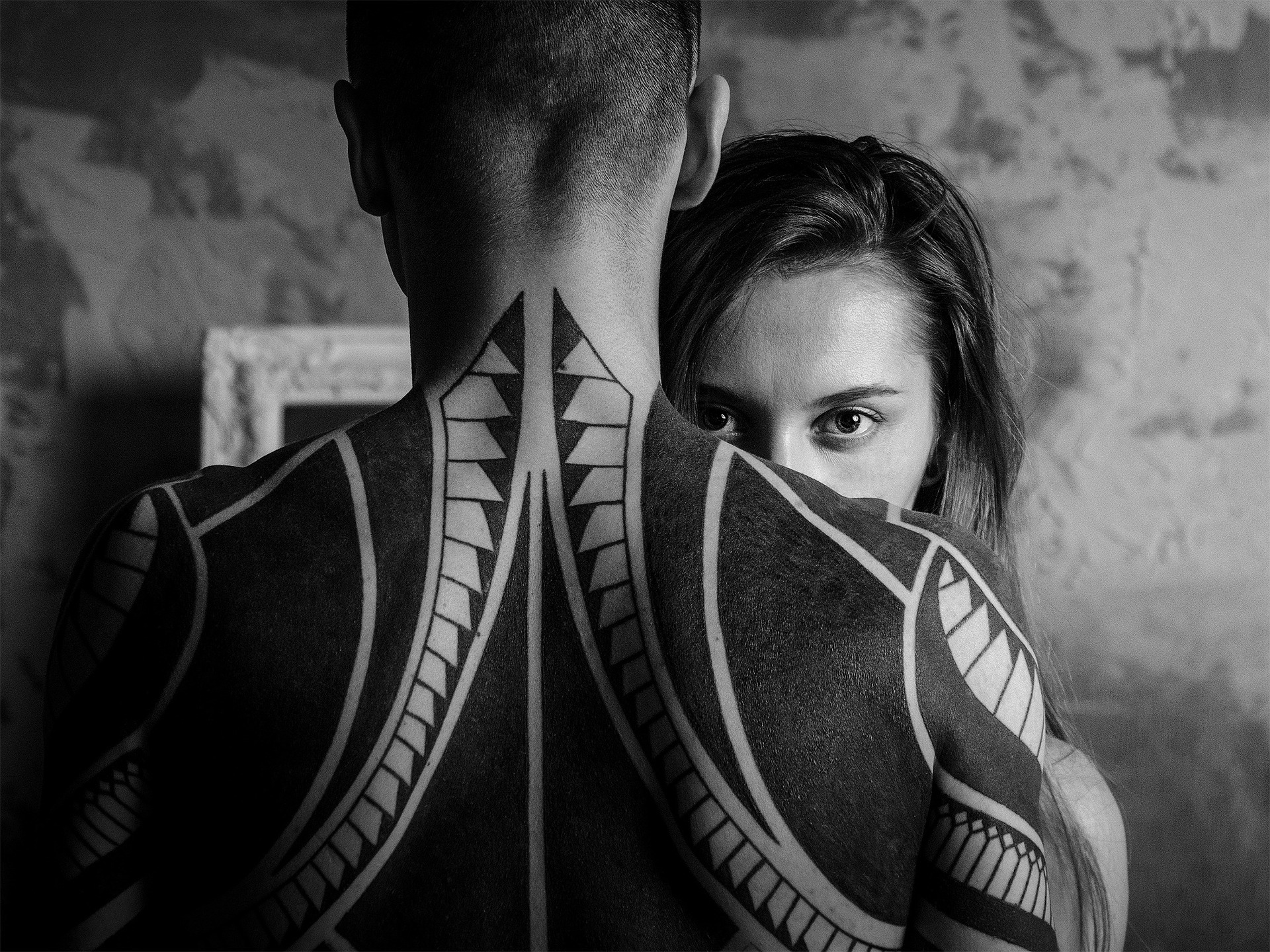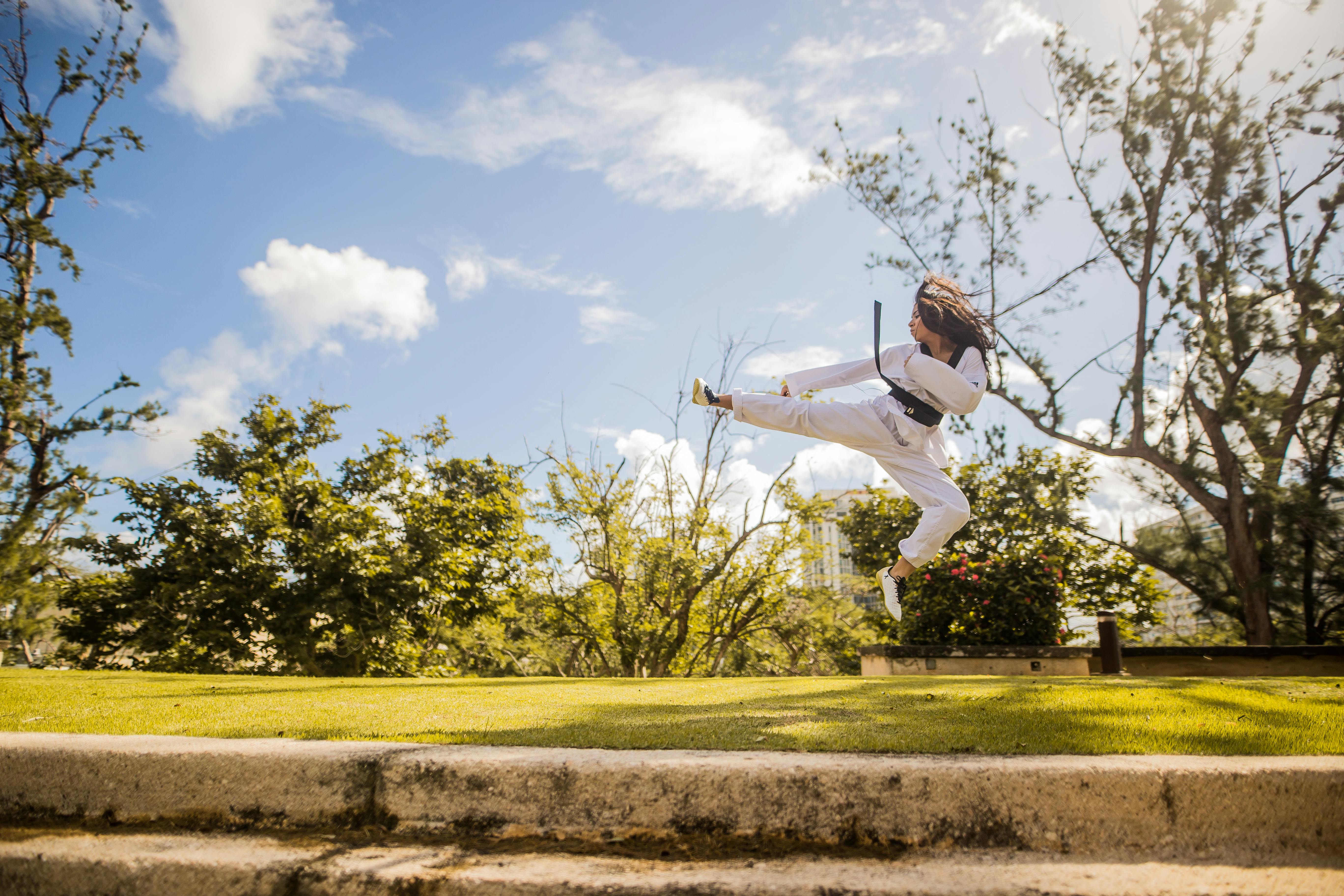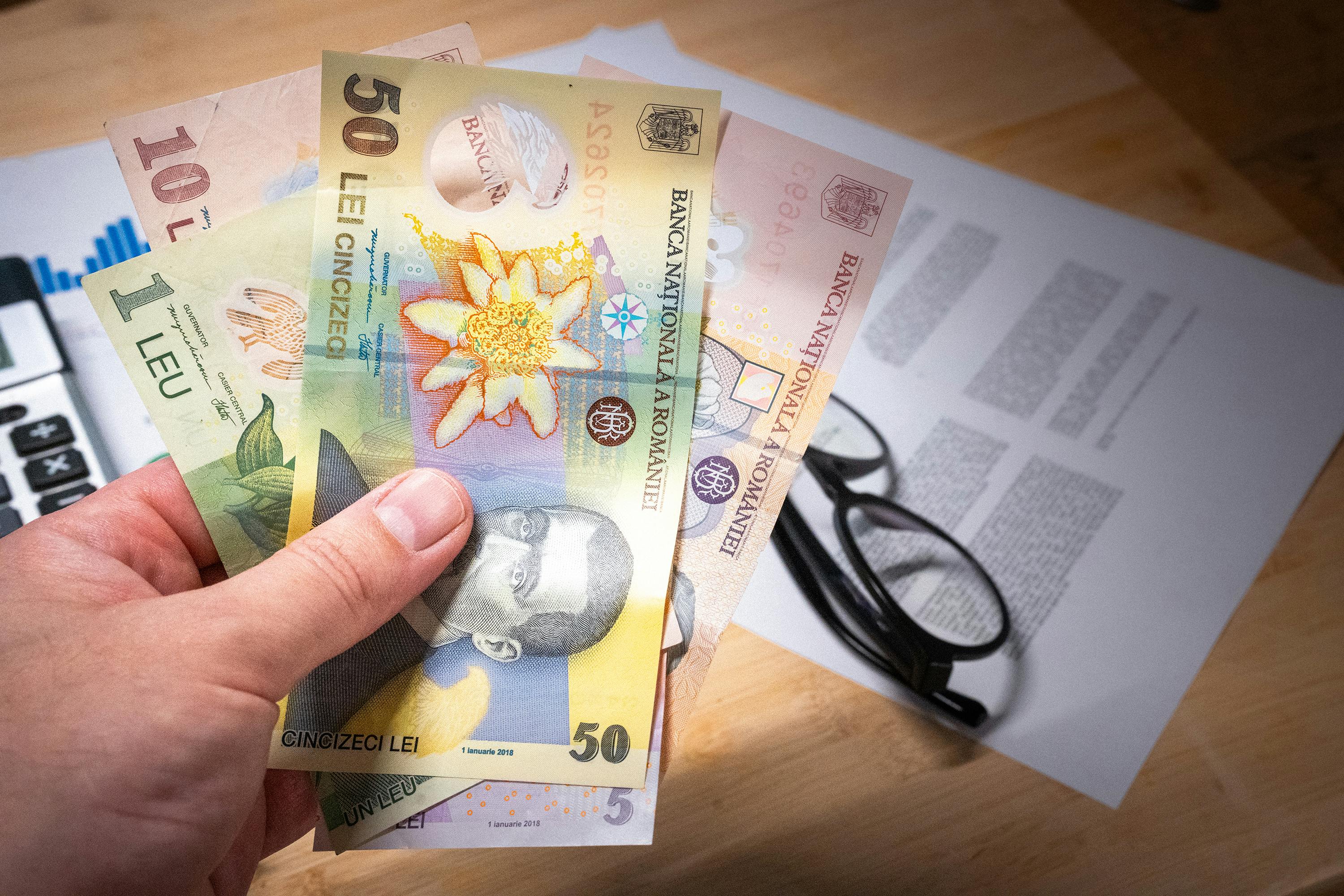Unveiling the Magic: The Rebirth of Analog Photography in the Digital Era
In the ever-evolving world of technology, the revival of analog photography offers a refreshing counterpoint. Against the backdrop of instant gratification and convenience, film photography is making an unexpected comeback. This article delves into the resurgence of this nostalgic form of expression, its impact on modern-day artistry, and the allure that keeps it relevant in the digital age.
A Snapshot of History
Analog photography, or film photography, was the most prevalent form of capturing images for over a century. It was a process that involved the use of a light-sensitive film that was later developed using chemicals to produce a negative. This negative was then used to create a final print. This method of capturing and processing images was the standard until the late 20th century when digital technology began to take over. As the convenience of digital technology infiltrated every aspect of life, the charm of analog photography seemed to fade into the background.
The Unexpected Comeback
In the past decade, however, there has been a surprising resurgence in the popularity of film photography. This revival is not limited to niche communities of vintage enthusiasts; it has permeated mainstream culture. Major camera manufacturers have re-introduced film cameras and film stocks to their product lines, and a number of independent film processing labs have opened up across the globe. This resurgence has extended beyond the realm of photography enthusiasts and professionals, with a growing number of individuals from all walks of life taking up film photography as a hobby.
The Attraction of Analog
So, what is it that draws people back to a seemingly archaic form of technology? One reason is the distinct aesthetic quality that film images possess. The grain, the color rendition, and the overall moodiness of film images are difficult to replicate digitally. Besides the visual appeal, the process of shooting film itself is considered a form of art. It requires a level of intentionality and patience, which many find rewarding.
Impact on the Arts and Entertainment Industry
The resurgence of analog photography has had a significant impact on the arts and entertainment industry. It has not only sparked renewed interest in the medium itself but has also influenced other forms of artistic expression. Many filmmakers, for instance, are opting to shoot on film to capture a certain aesthetic. Musicians are using film photography for album covers and promotional materials. Fashion and lifestyle brands are also harnessing the power of film to convey a certain mood or aesthetic in their advertising campaigns.
The Future of Film Photography
While it’s unclear whether the resurgence of analog photography is just a passing trend or here to stay, it’s undeniable that it has brought a fresh perspective to modern day photography. It serves as a reminder of the importance of slowing down and being intentional in our fast-paced, digital world. As we move forward in this era dominated by digital technology, the continued interest in analog photography demonstrates the enduring appeal of tangible, handcrafted art forms.
In conclusion, the revival of analog photography is a fascinating development in the arts and entertainment industry. It serves as a testament to the power of nostalgia and the allure of tangible art forms in an increasingly digital world. As we continue to navigate the intersection of technology and art, it will be interesting to see how analog photography continues to shape creative expression.





